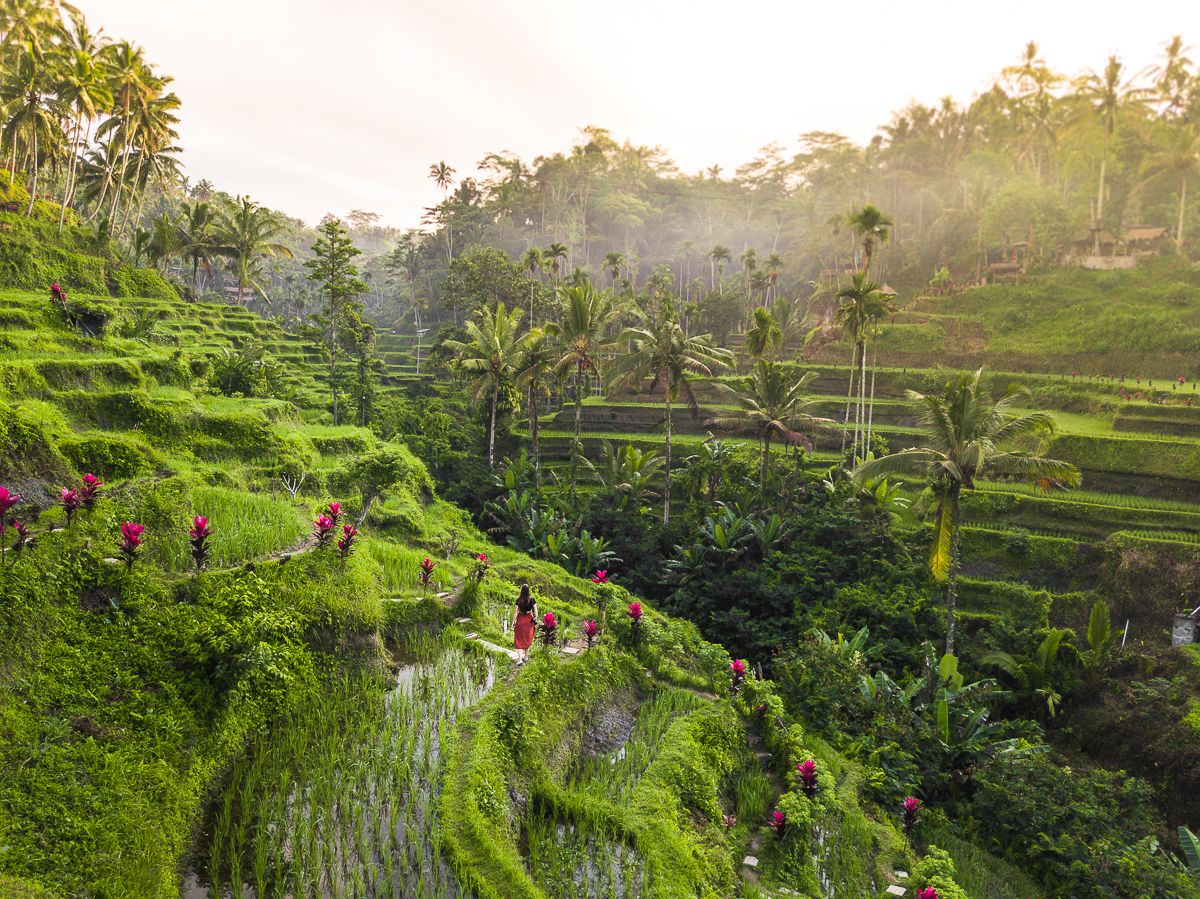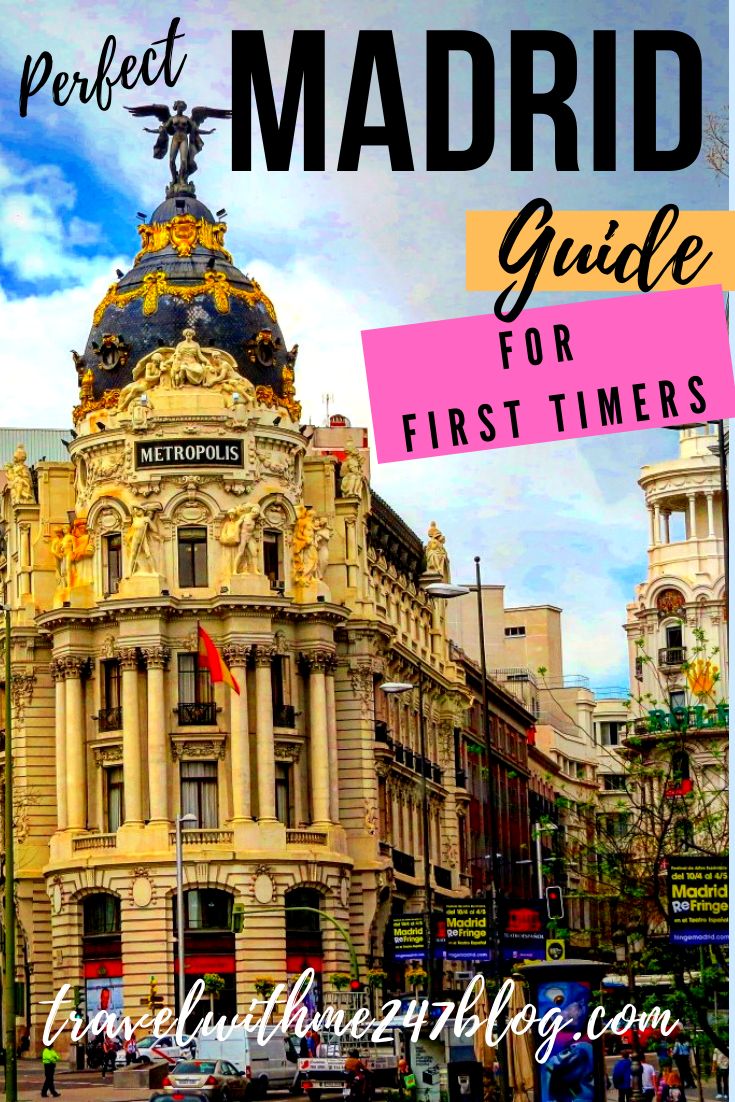
The island of Bali, renowned for its spiritual allure and vibrant culture, holds within its emerald embrace a landscape that whispers tales of ancient traditions and breathtaking beauty. Among its most iconic sights, the Tegalalang Rice Terrace in Ubud stands tall, a cascading masterpiece of green that has captivated the hearts of travelers for generations. More than just a postcard-perfect panorama, Tegalalang is a living testament to the ingenuity of Balinese farmers and a harmonious dance between human hands and nature’s artistry.
This comprehensive guide will equip you with everything you need to know to embark on an unforgettable journey to Tegalalang Rice Terrace. From its rich history and captivating attractions to practical travel tips, the best times to visit, charming accommodations, delectable local cuisine, and seamless transportation options, we’ll ensure your exploration of this verdant wonderland is as enriching as it is effortless.
A Tapestry Woven Through Time: The History of Tegalalang
Related Articles about Emerald Dreams and Sun-Kissed Terraces: Your Essential Guide to Tegalalang Rice Terrace:
- Abu Dhabi: A Tapestry of Tradition, Innovation, and Unforgettable Experiences
- Unveiling Berlin: A Journey Through History, Art, and Urban Vibrancy
- Geneva: A Traveler’s Guide to the City of Peace and Precision
- Croatia: A Adriatic Jewel – Your Comprehensive Travel Guide
- Christ the Redeemer: More Than Just a Statue, It’s an Icon
The story of Tegalalang Rice Terrace is intrinsically linked to the Subak system, an ancient, UNESCO World Heritage-recognized irrigation system that has governed rice cultivation in Bali for over a thousand years. This intricate network of canals, weirs, and tunnels allows water from mountain springs to flow downhill, nourishing the terraced fields and fostering a sense of communal responsibility among the farmers.
The terracing itself is a marvel of agricultural engineering, a testament to the Balinese people’s deep understanding of their environment. Carved into the steep hillsides, these stepped paddies maximize arable land and prevent soil erosion. Tegalalang, with its particularly dramatic and expansive terraces, is believed to have been cultivated for centuries, its origins stretching back to a time when agriculture was not just a livelihood but a way of life, deeply intertwined with spiritual beliefs. The very layout of the terraces often reflects the cosmos, with the highest points dedicated to the gods and the lowest to the earth.
Over time, Tegalalang has evolved from a purely agricultural landscape into a world-renowned tourist destination. While this influx of visitors has brought economic benefits to the local community, it has also presented challenges in preserving its delicate ecosystem and cultural integrity. Understanding this history adds a profound layer to your appreciation of the breathtaking views before you.
Beyond the Green: Main Attractions of Tegalalang Rice Terrace
While the sweeping vista of the rice paddies is undoubtedly the star of the show, Tegalalang offers a multifaceted experience that extends beyond just admiring the greenery.
- The Iconic Terraces Themselves: This is the primary draw, and for good reason. The meticulously sculpted terraces cascade down the hillsides, creating a breathtaking visual symphony of vibrant green. The varying shades of green, from emerald to lime, depending on the stage of growth, create a dynamic and ever-changing landscape.
- The "Bali Swing": For those seeking an adrenaline rush and an unforgettable photo opportunity, the iconic Bali Swing has become synonymous with Tegalalang. Soaring over the rice paddies with the lush greenery below is an exhilarating experience, though be prepared for potential queues.
- Luwak Coffee Plantations: Scattered throughout the area, you’ll find small plantations offering the unique experience of tasting Kopi Luwak, or civet coffee. While the ethical considerations of its production are a topic of debate, the opportunity to learn about the process and sample this exotic coffee is a popular activity. Many plantations also offer tastings of other local coffees and teas.
- Temples and Shrines: Nestled within the rice fields are small, ancient temples and shrines, often adorned with traditional Balinese offerings. These serve as reminders of the spiritual significance of the land and the agricultural practices. Taking a moment to observe these sacred spaces can offer a glimpse into the local beliefs.
- Artisan Shops and Cafes: Along the main road and within the terraces, you’ll find charming shops selling local handicrafts, souvenirs, and clothing. Numerous cafes and warungs (local eateries) offer refreshing drinks and delicious Balinese dishes, providing perfect vantage points to soak in the scenery.
- Trekking and Exploration: For the more adventurous, venturing beyond the main viewpoints allows for deeper exploration. You can wander through the narrow paths between the paddies, observe the farmers at work, and discover hidden corners of this verdant paradise.
Navigating Your Emerald Adventure: Essential Travel Tips
To make your visit to Tegalalang Rice Terrace as smooth and enjoyable as possible, consider these practical tips:
- Best Time to Visit: The early morning (7 AM – 9 AM) and late afternoon (4 PM – 6 PM) are generally the most ideal times. This is when the light is soft and golden, creating a magical atmosphere for photography. It also offers a respite from the midday sun and fewer crowds. The dry season (April to September) generally offers sunny skies and lush green fields, while the rainy season (October to March) can bring dramatic skies and a more intense green, but also the possibility of downpours.
- Dress Appropriately: Wear comfortable walking shoes as you’ll be navigating uneven terrain. Light, breathable clothing is recommended due to the tropical climate. If you plan to visit temples, it’s respectful to dress modestly, covering your shoulders and knees. A sarong is often provided or can be rented at temple entrances.
- Stay Hydrated: The Balinese sun can be intense. Carry a reusable water bottle and refill it often. Many cafes offer water refills.
- Sun Protection: Sunscreen, a hat, and sunglasses are essential to protect yourself from the sun’s rays.
- Respect the Local Culture: Remember that Tegalalang is a working agricultural landscape. Be mindful of the farmers and their crops. Avoid walking directly on the paddies unless invited to do so. Ask for permission before taking close-up photos of individuals.
- Be Prepared for Crowds: Tegalalang is a popular destination, especially during peak hours and seasons. If you prefer a more tranquil experience, consider visiting during off-peak times or exploring less-visited sections of the terraces.
- Entrance Fees and Donations: There are typically small entrance fees or donation boxes at various points within Tegalalang. These contributions help support the upkeep of the terraces and the local community.
- Bargaining: When purchasing souvenirs or engaging in services like the swings, be prepared to politely negotiate prices.
- Beware of "Donation" Traps: While donations are appreciated, be aware of individuals who may try to solicit excessive "donations" for simply walking through certain areas. It’s best to stick to official entrances or designated viewpoints.
- Capture the Moment, But Be Present: While the photo opportunities are endless, remember to put down your camera and simply soak in the breathtaking beauty of the surroundings. The feeling of the warm sun, the gentle breeze, and the vibrant green is an experience in itself.
A Tranquil Haven: Nearby Hotels and Accommodations
Ubud, the cultural heart of Bali, is the closest major town to Tegalalang, offering a wide array of accommodation options to suit every budget and preference.
- Luxury Resorts: For an indulgent experience, consider resorts like Mandapa, a Ritz-Carlton Reserve, Four Seasons Resort Bali at Sayan, or The Ritz-Carlton, Bali (though the latter is further afield, it offers exceptional luxury). These properties often boast stunning views, private villas, and world-class amenities.
- Boutique Hotels and Villas: Ubud is dotted with charming boutique hotels and private villas that offer a more intimate and personalized experience. Look for places like Komaneka at Tanggayuda, Bisma Eight, or Bisma Cottages. Many offer beautiful jungle or rice paddy views.
- Mid-Range Hotels and Guesthouses: You’ll find a plethora of comfortable and well-appointed mid-range hotels and guesthouses in and around Ubud. These offer excellent value for money and often provide a good balance of comfort and convenience.
- Budget-Friendly Hostels and Homestays: For backpackers and budget travelers, Ubud has a thriving scene of hostels and homestays. These are great opportunities to meet fellow travelers and experience local hospitality.
- Accommodations closer to Tegalalang: While Ubud offers the most comprehensive selection, there are also a few charming guesthouses and villas located closer to Tegalalang itself, offering a more secluded and immersive experience within the rice paddy landscape. These are ideal for those seeking peace and quiet.
When booking, consider the proximity to Tegalalang if it’s your primary focus, or opt for a location in Ubud for easier access to other attractions and amenities.
A Taste of Bali: Local Food to Savor
Balinese cuisine is a vibrant explosion of flavors, spices, and fresh ingredients. While exploring Tegalalang and its surroundings, be sure to indulge in these local delicacies:
- Nasi Goreng: The quintessential Indonesian fried rice, a flavorful dish often served with a fried egg, chicken or shrimp, and a side of kerupuk (crackers).
- Mie Goreng: Similar to Nasi Goreng, but with fried noodles instead of rice.
- Sate Ayam/Lilit: Skewered grilled chicken (Ayam) or minced seafood (Lilit) marinated in a rich blend of spices, often served with a peanut sauce. Sate Lilit is a Balinese specialty.
- Babi Guling: A must-try Balinese specialty, this is a whole roasted pig, slow-cooked to perfection with a flavorful spice rub. It’s a celebratory dish and often found at specialized warungs.
- Lawar: A traditional Balinese dish made from finely chopped meat (often pork or chicken), vegetables, grated coconut, and a rich blend of herbs and spices. It can be quite spicy.
- Gado-Gado: A popular Indonesian salad featuring blanched vegetables, tofu, tempeh, and hard-boiled eggs, all covered in a rich peanut sauce.
- Fresh Coconut Water: The ultimate refreshment in the tropical heat. Enjoy it straight from the coconut for a truly authentic experience.
- Local Coffees and Teas: As mentioned, you’ll have opportunities to sample various local coffees, including the famous Kopi Luwak, as well as herbal teas.
Look for local warungs (small, often family-run eateries) for authentic and affordable Balinese dishes. They offer a genuine taste of the island’s culinary heritage.
Journey to the Emerald Embrace: Transportation Options
Getting to Tegalalang Rice Terrace is relatively straightforward, with several transportation options available:
- Scooter Rental: This is a popular and convenient option for independent travelers. You can rent scooters in Ubud and many other tourist areas. It offers the flexibility to explore at your own pace and stop at viewpoints along the way. Ensure you have an international driving permit and wear a helmet.
- Taxi/Ride-Sharing Apps: Services like Grab and Gojek are readily available in Bali. You can book a private car or a scooter taxi to take you directly to Tegalalang. This is a good option if you prefer not to drive yourself.
- Private Driver: Hiring a private driver for the day is an excellent way to explore Tegalalang and other attractions in the Ubud area. Drivers are often knowledgeable about local sights and can offer personalized itineraries. This is a comfortable and hassle-free option, especially for families or groups.
- Organized Tours: Many tour operators in Bali offer day trips to Tegalalang Rice Terrace, often combined with other popular Ubud attractions like the Monkey Forest, Tirta Empul Temple, or a coffee plantation visit. This is a convenient option for those who prefer a structured itinerary.
- Bicycle Rental: For the more active traveler, cycling to Tegalalang can be a rewarding experience, offering a closer connection to the surrounding landscape. However, be prepared for some uphill climbs.
From Denpasar Airport (Ngurah Rai International Airport – DPS): Tegalalang is approximately a 1.5 to 2-hour drive from the airport, depending on traffic. You can hire a taxi at the airport, pre-book a private transfer, or use ride-sharing apps.
From Ubud Town Center: Tegalalang is a short drive (around 15-20 minutes) north of Ubud. You can easily hire a scooter, taxi, or use ride-sharing apps from Ubud.
Embracing the Emerald Dream
Tegalalang Rice Terrace is more than just a tourist attraction; it’s a living cultural heritage, a testament to human ingenuity, and a breathtaking masterpiece of nature. By understanding its history, appreciating its main attractions, and following these practical tips, you can embark on a journey that will leave you with lasting memories of emerald dreams and sun-kissed terraces. So, pack your bags, open your heart, and prepare to be enchanted by the unparalleled beauty of Tegalalang.








